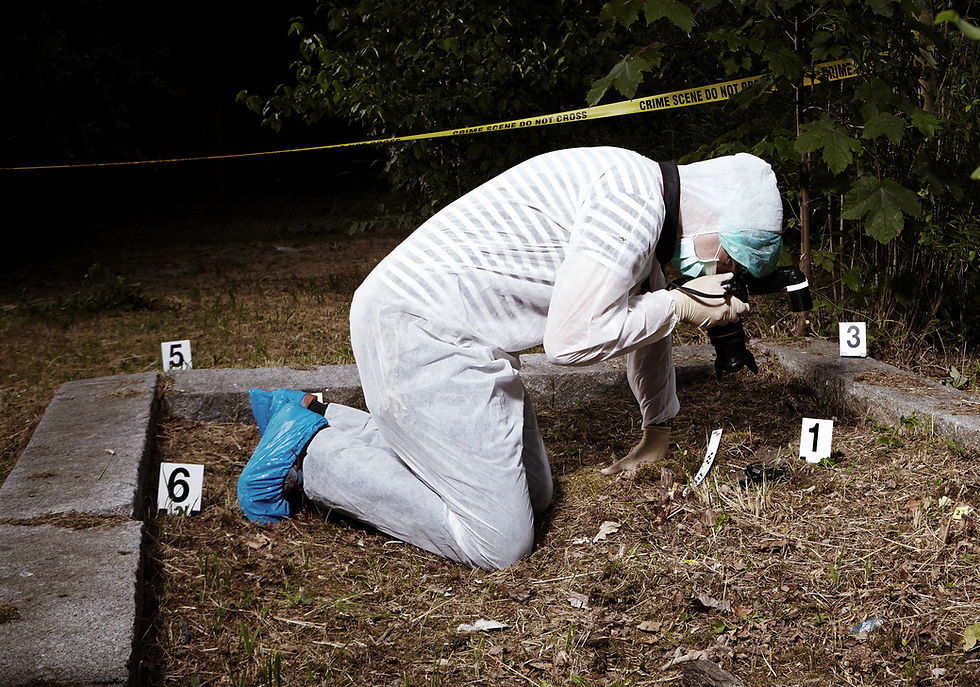
McCartney, C., & Shorter, L. (2023). ‘You don’t know what you’ve got ‘til it’s gone’: Police retention of investigative materials. International Journal of Police Science & Management, 0(0). https://doi.org/10.1177/14613557231203493
This article highlights the identification of 'weak links' in the evidence chain that necessitate reinforcement. Key areas for improvement include enhanced training, better physical packaging and storage facilities, adequate training for police personnel, and the establishment of specialised roles focused on handling exhibits. Beyond the practical resource requirements, addressing this issue demands accessible data for recognition, along with the creation of accountability and oversight mechanisms to ensure the integrity of investigative processes.

The issue of losing investigative material is brought to the forefront, highlighting its dire consequences, including missed opportunities to identify repeat offenders. One striking case from 1989 involved the unsolved rape of a 16-year-old girl. Unfortunately, the loss of crucial case files prevented the police from uploading an offender's DNA profile to the National DNA Database (NDNAD) until 2010. This delay allowed the perpetrator to remain unidentified for years. Eventually, in 2011, a man was convicted of the 1989 rape and several other serious sexual offences committed during the period when the DNA sample was missing. This case prompted the Independent Police Complaints Commission (IPCC) to stress the urgent need for better preservation and storage of original case papers and exhibits by police forces, especially in serious crime cases like rape and serious sexual assault. The IPCC recommended a thorough review of retention and storage policies to prevent the loss of critical information that might prove invaluable in future forensic investigations.


コメント